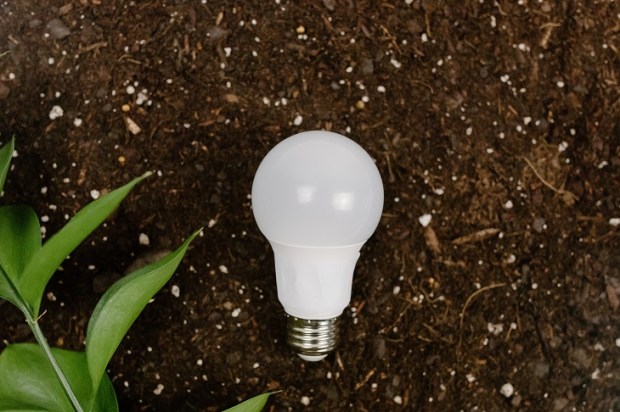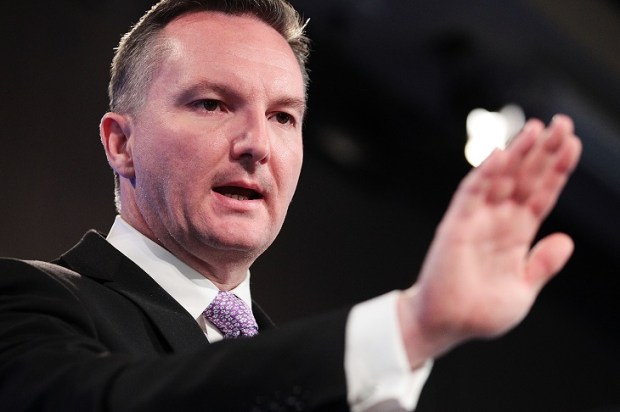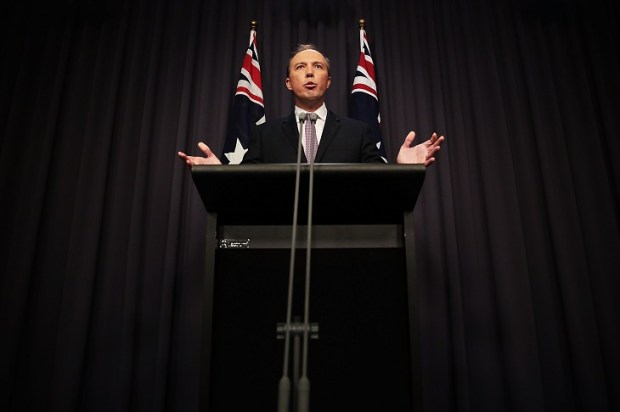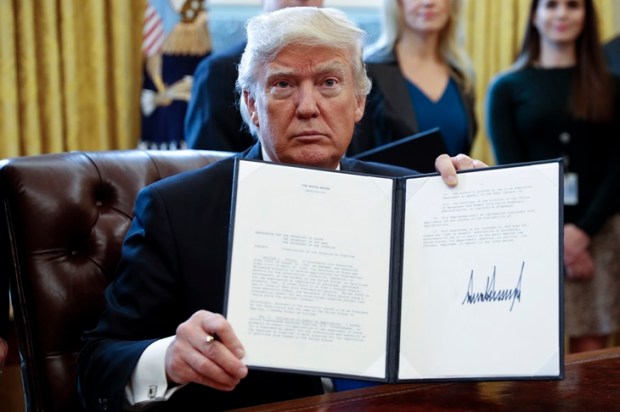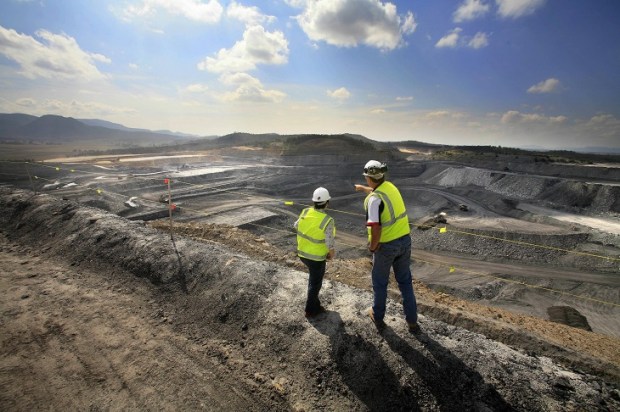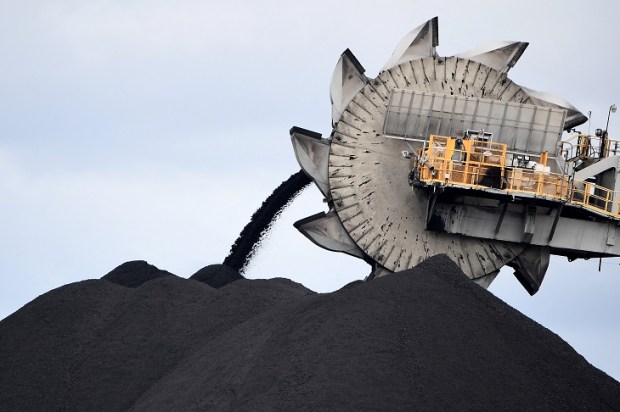Gas is widely seen as the so-called ‘transition’ fuel for electricity on the road to achieving Net Zero emissions by 2050.
For example, the federal government says in its Future Gas Strategy, ‘gas production and use must be optimised through the transition’, with the transition being to renewables.
The Liberals say that ‘we are committed to achieving Net Zero emissions by 2050’ and that ‘we will deliver a balanced energy mix with renewables, gas, storage and zero-emissions nuclear’.
Natural gas is also their favoured transition fuel, but with the transition being to nuclear power and renewables, not just renewables.
The Business Council of Australia, Minerals Council of Australia, and Australian Banking Association all support the target of Net Zero emissions by 2050, with natural gas being their favoured transition fuel.
But these views ignore two serious problems with natural gas.
First, with present policies, it is unlikely that the gas required will be available domestically, at least in the 2020s and 2030s and maybe for well after this.
As background, Western Australia and the Northern Territory produce a little under two-thirds of Australia’s natural gas and the eastern states a little over one-third.
The major producing areas are offshore WA and NT, onshore in southeast Queensland, onshore in the Cooper Basin in northeast SA and offshore in the Bass Strait.
In addition, there is a limited amount produced onshore in WA and the NT, very little onshore in NSW, and none onshore in Victoria or Tasmania.
About 70 per cent of Australia’s natural gas is exported. The remaining 30 per cent is used domestically, both for electricity generation and as a raw material for firing kilns and furnaces, by industries such as fertilisers, chemicals, paper, glass, bricks, cement, alumina, and aluminium.
Although as a country we are blessed with natural gas, we currently face a serious shortage of it in the eastern states.
Some people blame exports for this. But there are reasons for the shortage much closer to home.
The first is declining production from the Bass Strait, something beyond our ability to correct.
The second is well and truly within our ability to correct: the hostility to natural gas over the past dozen years shown by Victorian governments.
Some 15 years ago, Esso (part of ExxonMobil and the operator of Bass Strait oil and gas production) assessed that Victoria has significant onshore natural gas resources in Gippsland.
Development of these resources in the past 15 years is likely to have led to onshore production today and to have set the stage for increasing production tomorrow.
But such development has been ruled out by Victorian governments. This started with the Liberal government headed by Ted Baillieu, which temporarily banned gas development in 2012 in response to opposition by farmers. As from 2014, this position was tightened substantially by the Labor government under Daniel Andrews, on the basis of its strong opposition to fossil fuels.
Less important than Victorian restrictions, but still significant, is the lack of enthusiasm shown by NSW governments for gas developments. Such developments are banned in some areas and have been seriously delayed in others.
In the latter context, Santos’ Narrabri project, first proposed in 2014, is yet to be confirmed because of public opposition, legal challenges and government dithering. Santos believes that the project can supply half of NSW’s annual gas requirements.
Apart from the Narrabri project, there are a few other potentially important onshore projects, including a major expansion planned by Senex Energy in southeast Queensland and projects in the Beetaloo Basin in the Northern Territory.
But by themselves, these will not be enough to meet the government’s plan to use natural gas as a significant source of electricity generation between now and 2050. In addition, pipeline constraints are holding back the flow of natural gas from Queensland to New South Wales and Victoria.
In short, the government’s plan for natural gas to play an important role in electricity generation between now and 2050 is based on no more than hope – hope that significant new developments, including onshore in Victoria, will take place.
Hope is not a proper basis for public policy.
Second, electricity prices are likely to go through the roof.
Natural gas has historically been twice as expensive as coal in Australia for electricity generation.
Renewables are also expensive.
This means that continuing strong electricity price rises are almost guaranteed by coupling natural gas with renewables.
Recognising this in a report released this month, the London-based Alliance for Responsible Citizenship forecasts that electricity prices in Australia will rise by nearly 70 per cent in the next 10 years.
Why are renewables expensive? Electrical engineers point to several reasons for this:
- transmission costs are high for most wind and solar farms, which are typically distant from the grid
- there are costs associated with frequency control in the case of renewables, arising because of the need: to convert direct current produced by wind and solar sources to alternating current required for the grid
- because of their intermittency, wind and solar farms entail serious overbuilding, for example: to replace a 500-megawatt coal plant would require at least 1,500 megawatts of renewable facilities)
The strong electricity price rises in the past 25 years (nearly twice that of all prices) are explained mainly by the strong increase in renewables in electricity generation, from almost zero in 2000 to over 30 per cent today.
From having among low electricity prices in the 1990s (when coal was responsible for over 80 per cent of our electricity generation), our prices are now high by world standards. They are still less than those in Italy, Denmark, Germany, and the UK, but are 50 per cent more than those in the US, double those in Canada and three times those in China.
Coupling natural gas with renewables will move our prices into the European top bracket.
With natural gas in short supply in the eastern states, there are moves afoot to bring-in gas from Western Australia and/or from overseas. Either option would be expensive and would only increase the price of electricity based on natural gas.
In short, sufficient supplies of natural gas may not be available for it to be the main transition fuel between now and 2050 and, even if they were, electricity prices would become impossibly expensive.
Anyone for coal?


